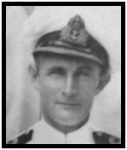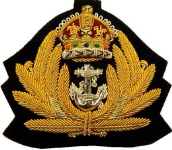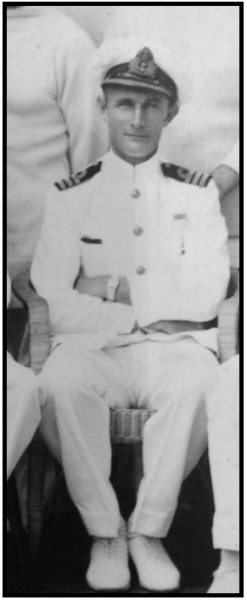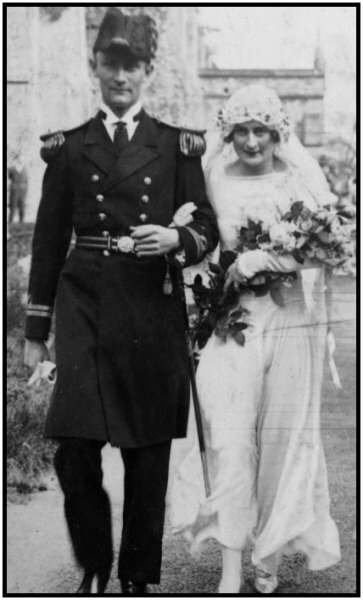He joined the Royal Navy on 11th April 1919, Midshipman in 1920, Sub lieutenant 1923, Lieutenant 1925, Lieut-Commander 1931; Commander 1934. At the time of his death he was on the staff of the Director of Naval Equipment (Admiralty).
H.M.Submarine has a rare distinction of a vessel being sunk twice, recovered after the accident of June 1939 she was recommissioned and eventually sunk.
On her maiden voyage, with very many extra men on board (103) twice the number for her design, only 69 being Navy personnel. All the civilian workers had been told they could disembark, but they chose to sail with her. This itself went against them later as whereas the air in the submarine may possibly have given them even as long as 30 hours, with so many extra, that would have been drastically reduced. Strangely her 1st attempt to dive was unsuccessful, so it was decided sea water would be taken in via torpedo tubes, unaware that the outer tubes were already open and full of water. Earlier a worker had spilled paint on a torpedo door, which had jammed a test tap, so the door to No 5 tube inside the submarine appeared to be safe to open, whereas the tube was open to the sea. The vessel took in several hundred tons of water and subsequently nose dived. The stern was uppermost and 4 men did manage to escape through a hatch.
No-one in the Admiralty was ever held responsible for the fact that it should have been possible to have cut a small hole to let air in to the suffocating men inside before making a larger hole to allow them to escape. This would have no doubt have weakened the vessel, but instead 99 men died and the submarine could be easily repaired.
September 3rd, the day that Great Britain declared war on Germany and her allies, the submarine was towed to and grounded at Traeth Bychan beach on the isle of Anglesey. The bodies were then recovered from the submarine and either buried in Maeshyfryd Cemetery in Holyhead, or repatriated to their next of kin.
She was repaired and recommissioned as HMS Thunderbolt serving in the Atlantic and Mediterranean theatre until she was lost with all hands on 14 March 1943 off Italy.
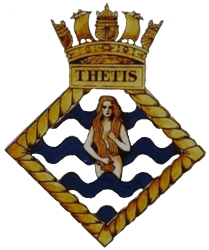
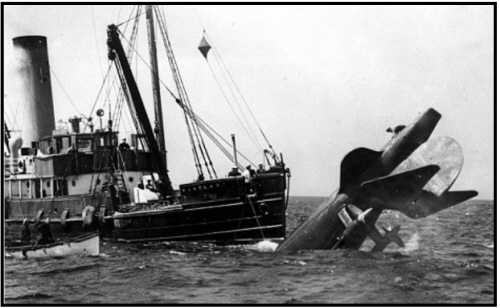
What showed of Thetis before she totally submerged
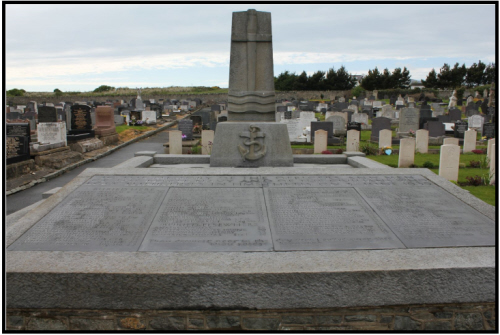
Memorial in Maeshyfryd Cemetery in Holyhead,
Some, mostly civilian workers, were buried on other cemeteries. 44 are in a mass grave by the memorial
Reginald Hayter was buried in Maeshyfryd Cemetery in Holyhead, dying before the start of WW2, he is not included on the CWGC Book of Remembrance.
BACK to West Wratting home page
|


